7th -12th grade Bullying Lesson
Time: 1 hour
Materials needed: Computer with Internet Access, Ball of string or yarn, Half-page paper hearts
Introduction: Before explaining the purpose of the lesson, I gave each student a half-page paper heart that I had cut out. I told students to fill up the heart by writing down anything GOOD that people have said about them, or good things they would like someone to say about them. These would include character traits, special abilities or hobbies, personal qualities, etc. I made one myself while they were working on one. Next, I gave a personal story about a time that someone had said something discouraging to me, and the impact that it has on me still today. As I talked about the story, I wrinkled the heart. I asked students to think about times when people have said things to them that hurt, and for each thing they could remember, to crease the heart. I then challenged the whole class saying the first person who can COMPLETELY straighten their heart back out wins. It didn't take long for them to realize that it was not possible! This was a great springboard to discuss how powerful words can be, and it doesn't really matter how many good things people say to you, you still remember and feel those bad things people have said.
Bullying Talk: Because October is Bullying Awareness month, we opened the conversation by discussing bullying. What IS bullying, what are types of bullying, what can you do if you are bullied, what can you do if you see others being bullied. I emphasized that the most common types of bullying are NOT physical, but are using words, and excluding others. Sarcasm can often fall into this category- even if it's not meant to harm, it can easily be taken the wrong way and end up unintentionally hurting someone. Most people who do this don't even realize the impact they are having on someone else. I told them that they have the power to make someone feel GREAT about themselves, or make them feel HORRIBLE about themselves, all with a few tiny words.
Song time! I let students watch the music video for the song "Words" by Hawk Nelson. Part of the
lyrics of the song say "Words can build us up, words can break us down, start a fire in our hearts or put it out." If you haven't heard this song, I highly recommend listening to it! After watching the video, we discussed some of the lyrics.
Sticks and Stones: How many have heard the saying: "sticks and stones may break my bones, but words can never hurt me"? Now how many of you think it is true? Sticks and stones may leave bruises or cuts, but several years later, there is no evidence of them at all. We still remember words that hurt us from years ago, as if they are being said to us right now. (if you have time, I'd recommend watching a video such as this one. It's a very intense video, too harsh for some kids, so make sure you watch it first to determine if it's right for your students. Suicide is mentioned in the video. I was cautious, and told the students that I'm not showing them this to SCARE them, but that in a way I am showing it to scare them, so they can see the reality of what their words can do. After the video, I allowed students to express their reaction to the video.
What does the Bible say?

Using words to build others up/ Compliment Web: As a class, everyone brainstormed different ways they could build others up. Some examples were: giving compliments, encouraging one another, praying for (and WITH) them, being invested in someone else's life, forgiving them, apologizing, etc. The class then got into a large circle. We talked about how to give a good compliment, beyond the "surface level" compliments of physical appearance. I gave them several examples of how to compliment another person, and encouraged them to say "thank you" if they received a compliment. One person started off the web by complimenting another student, and tossing the ball of string to that person. The person who just received a compliment then compliments another student, until everyone in the class has been complimented.
Final Note: As a final note, I reminded students that their words can HURT or HEAL another person, and it's up to them to decide how they will use that power.
What does the Bible say?

- James 3:9-10: "With the tongue we praise our Lord and Father, and with it we curse human beings, who have been made in God's likeness. Out of the same mouth come praise and cursing. My brothers and sisters, this should not be.“
- Ephesians 4:29: "Do not let any unwholesome talk come out of your mouths, but only what is helpful for building others up according to their needs, that it may benefit those who listen."
- Matthew 15:18: "But those things which proceed out of the mouth come from the heart, and they defile a man."
- Proverbs 12:18: "There is one whose rash words are like sword thrusts, but the tongue of the wise brings healing."
Using words to build others up/ Compliment Web: As a class, everyone brainstormed different ways they could build others up. Some examples were: giving compliments, encouraging one another, praying for (and WITH) them, being invested in someone else's life, forgiving them, apologizing, etc. The class then got into a large circle. We talked about how to give a good compliment, beyond the "surface level" compliments of physical appearance. I gave them several examples of how to compliment another person, and encouraged them to say "thank you" if they received a compliment. One person started off the web by complimenting another student, and tossing the ball of string to that person. The person who just received a compliment then compliments another student, until everyone in the class has been complimented.
Final Note: As a final note, I reminded students that their words can HURT or HEAL another person, and it's up to them to decide how they will use that power.





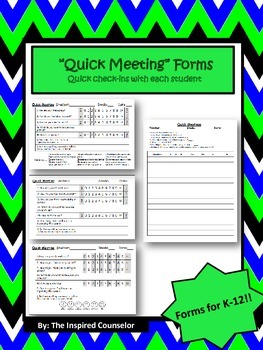







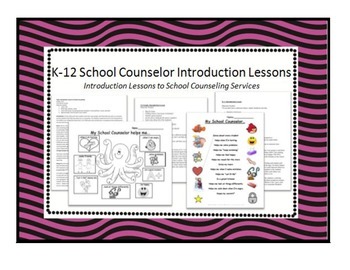




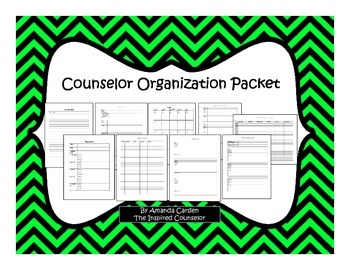




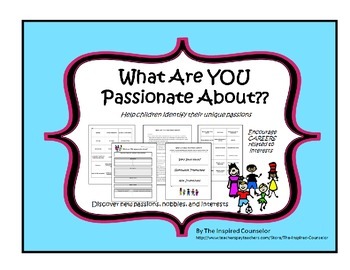




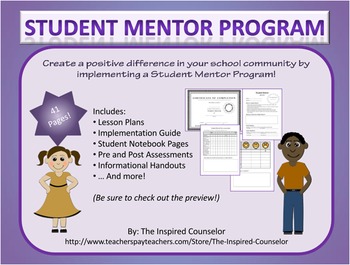
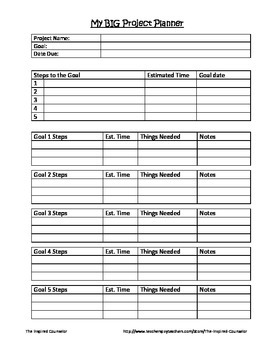
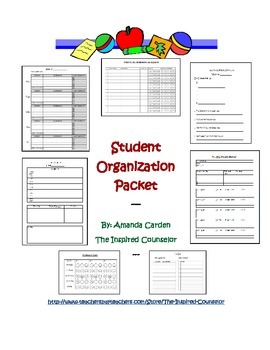
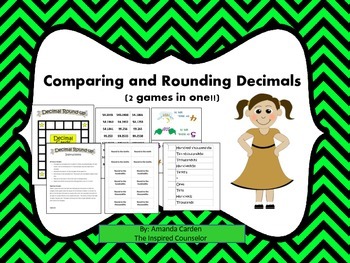
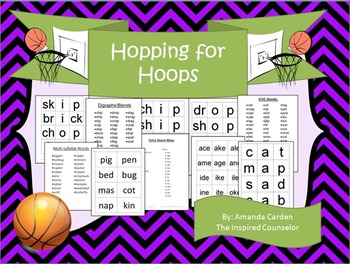
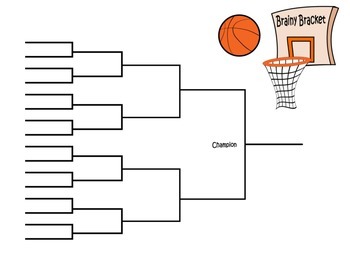

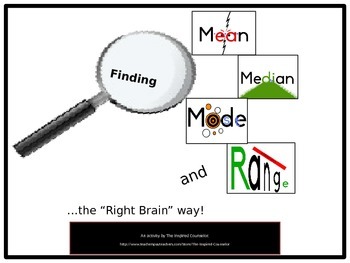
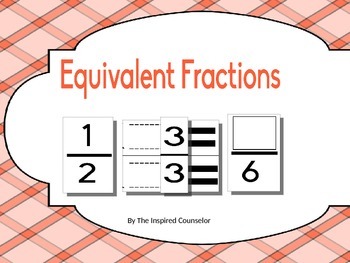

.JPG)

